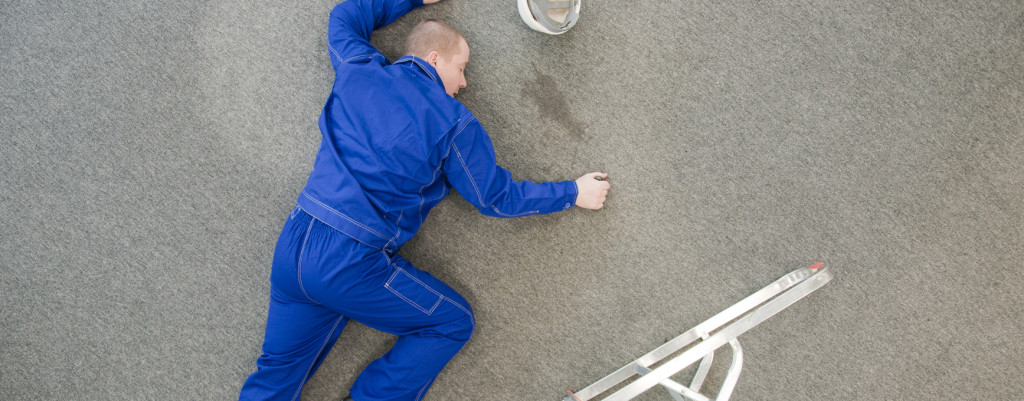[vc_row][vc_column][vc_column_text]
Fracture of the Lumbar Spine
Often referred to as a broken back, a fractured spine is typically seen after a high-impact traumatic injury such as a car accident, a fall from great heights or a sudden and forceful blow such as being hit by a crane or backhoe at a construction site.
The dedicated Palm Beach Gardens workers’ compensation lawyers have more than 100 – years combined experience in representing injured workers against the insurance companies. Our experience allows us an opportunity to provide excellence in legal advice and customer service.
A fractured vertebra (bone) is a break in one or more of the vertebrae in the spinal column. The low back (Lumbar) has five such bones. The nature and degree of the fracture will direct the treatment options. Spinal injuries range from dislocations to debilitating spinal cord injuries. Spinal fractures and dislocations can pinch, compress, and even tear the spinal cord. Treatment of spinal fractures depends on the type of fracture and the degree of instability.
Spinal fractures can occur anywhere from the neck to the mid back and all the way down to the tailbone or buttocks. Approximately five to ten percent in spinal fractures occur in the neck or cervical spine and 64 percent occur in the mid to low back (thoracic or lumbar).
Generally, there are three categories of spine fractures:
Flexion Fracture Pattern: These occur when bones break due to excessive pressure being placed on them.
- Compression Fracture – the front (anterior) of the Vertebrae breaks while the back (posterior) of the lumbar vertebrae remains intact. These fractures are frequently found in the lumbar spine (lower back) due to the weight of the vertebrae pressing from above. Pain will be present at the fracture site and may radiate into the hips, buttocks or thighs and numbness, tingling and weakness may be present. Abnormal ladder or bowel symptoms can be sign of injury to the spinal cord.
- Axial Burst Fracture – the Vertebrae break in the front (anterior) and back (posterior) and occur when axial load (axial load is a force administered along the lines of an axis) drives the disk into vertebral body (disk) below. The vertebra loses height on both the front and back sides. Typical injuries of this nature occur after a fall where the victim lands on their feet.
Extension Fracture Pattern
- Flexion or Distraction Fracture – these fractures occur when the vertebra is pulled apart and typically happens in head-on car or delivery truck accidents in which the upper body is thrown forward while the pelvis is stabilized by a lap seat belt.
Rotation Fracture Pattern
- Transverse Process Fracture – a rare injury usually resulting from a sudden extreme twisting or side bending movement, occasionally due to a direct impact. The bone is covered by muscle and hard to fracture directly. Because of the location of the fracture it is unlikely to cause any instability of the spine or any damage to the spinal cord.
- Fracture-Dislocation – Known for causing severe spinal cord compression, these injuries cause the vertebrae (bone) to break, the ligaments to tear and the vertebrae to move off center so it is no longer aligned with the rest of the spine.
If you believe you have a work-related fractured spine or broken back injury call one of the experienced workers’ compensation attorneys at the Law Offices of Franks, Koenig & Neuwelt today.
Hurt at Work? We Can Help!
Call an attorney at the Law Offices of Franks, Koenig & Neuwelt for a free and confidential consultation today.
(561) 600-4024
[/vc_column_text][/vc_column][/vc_row]

